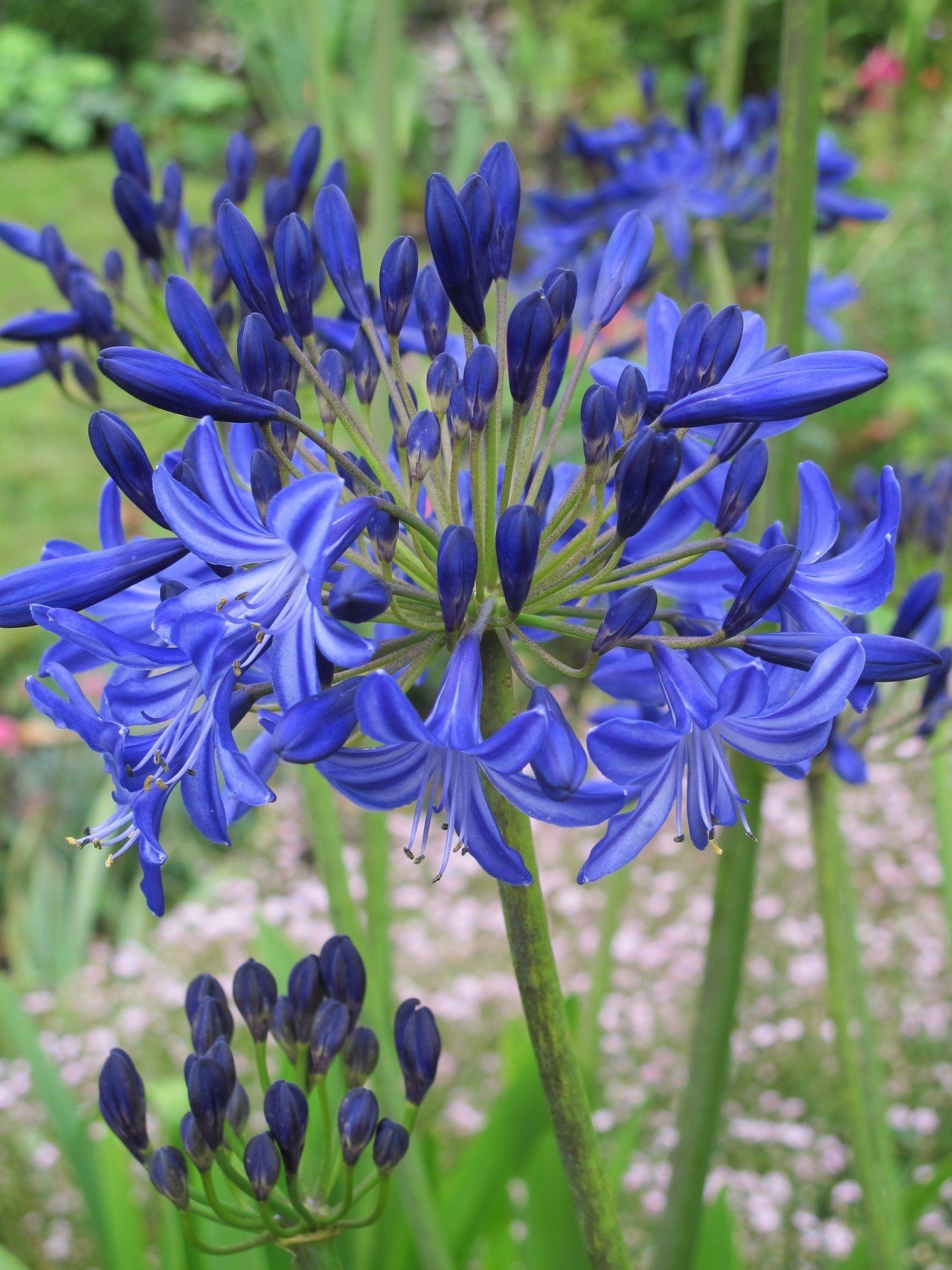Exactly how to Plant and Maintain Agapanthus in Your Garden
Wiki Article
Grasping the Art of Agapanthus Care: Necessary Steps for Healthy Growth and Vibrant Blooms
In the realm of horticulture, the farming of agapanthus stands as a satisfying undertaking for those that seek to support these sophisticated blooming plants. From picking the ideal selection to mastering pruning methods, the journey in the direction of cultivating flourishing agapanthus plants is diverse and holds the crucial to unlocking the full capacity of these organic treasures.
Picking the Right Agapanthus Variety

When choosing the ideal Agapanthus variety for your yard, consider factors such as climate suitability, bloom shade, and growth routine. In addition, think about the environment in your area to ensure the Agapanthus range you pick can thrive in your specific problems. Understanding the development routine of different Agapanthus selections is vital for correct placement within your yard.
Suitable Growing Problems
Considering the ideal environmental requirements is necessary for successful Agapanthus growing. Agapanthus plants are sensitive to cold temperatures and ought to be safeguarded from frost during wintertime months.To ensure healthy and balanced growth and vibrant blossoms, plant Agapanthus bulbs at a deepness of concerning 2-4 inches and room them 8-12 inches apart. Adding organic issue, such as compost, to the soil can enhance drainage and fertility, promoting robust origin advancement. Mulching around the base of the plants aids preserve moisture and reduces weed development. Regular watering is important, specifically during the growing season, to maintain the soil continually wet but not waterlogged.
Watering and Fertilizing Tips
Keeping appropriate moisture levels and providing necessary nutrients are key components in the care program for Agapanthus plants. It is crucial to strike a balance when it comes to sprinkling Agapanthus. If overwatered, these plants choose consistently damp soil yet are vulnerable to root rot. During the growing season, water deeply as soon as a week, ensuring the soil is well-draining to stop waterlogging. In hotter environments or during durations of drought, more frequent watering might be needed to maintain the dirt uniformly wet. Nevertheless, lower watering in the winter season to stop water logged conditions.Feeding Agapanthus is crucial for promoting healthy development and respected blossoms. Apply a well balanced plant food, such as a 10-10-10 formula, in the early spring as brand-new development arises. Repeat this application every 6-8 weeks throughout the growing season. Prevent too much fertilizing, as it can bring about lavish vegetation at the expense of flowers. Always comply with the supplier's guidelines for proper dilution and application methods. By complying with these watering and feeding tips, you can guarantee your Agapanthus plants grow and produce vibrant, durable blossoms.
Trimming Strategies for Agapanthus
Pruning Agapanthus plants at the appropriate times and with correct methods is important for keeping their wellness and promoting optimal development and blooming. The ideal time to prune Agapanthus is in late wintertime or very early spring before new growth emerges.Deadheading invested blossoms can also reroute the plant's energy into generating even more flowers rather than setting seeds. If you want to gather seeds for next breeding, leave some flowers to dry and mature on the plant.
Keep in mind to make use of clean, sharp tools to make accurate cuts and decrease the danger of introducing illness. Agapanthus. Regular trimming will assist maintain your Agapanthus looking healthy and neat while guaranteeing a plentiful display of lovely blossoms
Managing Common Pests and Illness
After making certain appropriate pruning methods for Agapanthus, it is essential to address typical pests and diseases that can affect the health and vitality of these plants. One common pest that influences Agapanthus is the Agapanthus gall midget.In addition, Agapanthus plants can endure from origin rot if they are grown in inadequately draining pipes soil. By being attentive and taking timely activity against conditions and parasites, you can assist your Agapanthus plants prosper and generate vivid flowers. Agapanthus.

Final Thought
Finally, mastering the art of agapanthus treatment entails selecting the ideal variety, providing ideal planting conditions, correct watering and fertilizing, suitable trimming methods, and resolving typical bugs and diseases. By complying with these crucial steps, you can guarantee healthy growth and vibrant blooms for your agapanthus plants. Bear in mind to browse around this web-site consistently monitor and maintain your plants to advertise their total wellness and long life.To make sure healthy development and lively blossoms, plant Agapanthus light bulbs at a depth of regarding 2-4 inches Bonuses and room them 8-12 inches apart. By following these watering and feeding pointers, you can guarantee your Agapanthus plants thrive and produce lively, lasting blossoms.
One typical insect that affects Agapanthus is the Agapanthus gall midge. Additionally, Agapanthus plants can experience from origin rot if they are grown in badly draining pipes soil. By complying with these essential actions, you can guarantee healthy and balanced growth and vivid blossoms for your agapanthus plants.
Report this wiki page